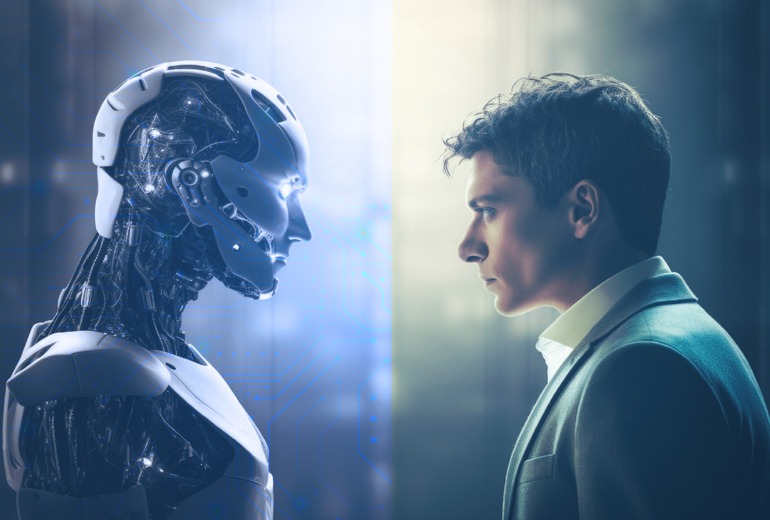

Anyone who is even remotely connected with AI or has completed even minimal research will be aware of the following three alarming stats:
It was estimated that 85% of AI projects will fail and deliver erroneous outcomes through 2022. (Widely sighted Gartner report from 2018)
70% of companies report minimal or no impact from AI. (2019 MIT SMR-BCG Artificial Intelligence Global Executive Study)
87% of data science projects never make it into production. (Venturebeat article)
While some of these numbers might not be as high today as they were back when the research was published, the problem of wide ranging failure of AI projects persists even today. One of the reasons for this organizations tend to treat AI projects just like any other IT project like say application development.
The problem is AI projects are fundamentally different from any software engineering projects and hence have to be dealt with differently. In this blog, I outline what are these five differences that must be considered while planning for any AI projects.
AI projects need
This makes managing AI projects very different from traditional projects.
Many firms and teams commit the mistake of treating AI projects the same way as they do other IT projects, this results in project failures and low or no ROI. If one factors in these key differences between AI projects and traditional IT projects during the planning stage itself, a lot of future issues can be nipped in the bud.
| Cookie | Duration | Description |
|---|---|---|
| cookielawinfo-checkbox-analytics | 11 months | This cookie is set by GDPR Cookie Consent plugin. The cookie is used to store the user consent for the cookies in the category "Analytics". |
| cookielawinfo-checkbox-functional | 11 months | The cookie is set by GDPR cookie consent to record the user consent for the cookies in the category "Functional". |
| cookielawinfo-checkbox-necessary | 11 months | This cookie is set by GDPR Cookie Consent plugin. The cookies is used to store the user consent for the cookies in the category "Necessary". |
| cookielawinfo-checkbox-others | 11 months | This cookie is set by GDPR Cookie Consent plugin. The cookie is used to store the user consent for the cookies in the category "Other. |
| cookielawinfo-checkbox-performance | 11 months | This cookie is set by GDPR Cookie Consent plugin. The cookie is used to store the user consent for the cookies in the category "Performance". |
| viewed_cookie_policy | 11 months | The cookie is set by the GDPR Cookie Consent plugin and is used to store whether or not user has consented to the use of cookies. It does not store any personal data. |
